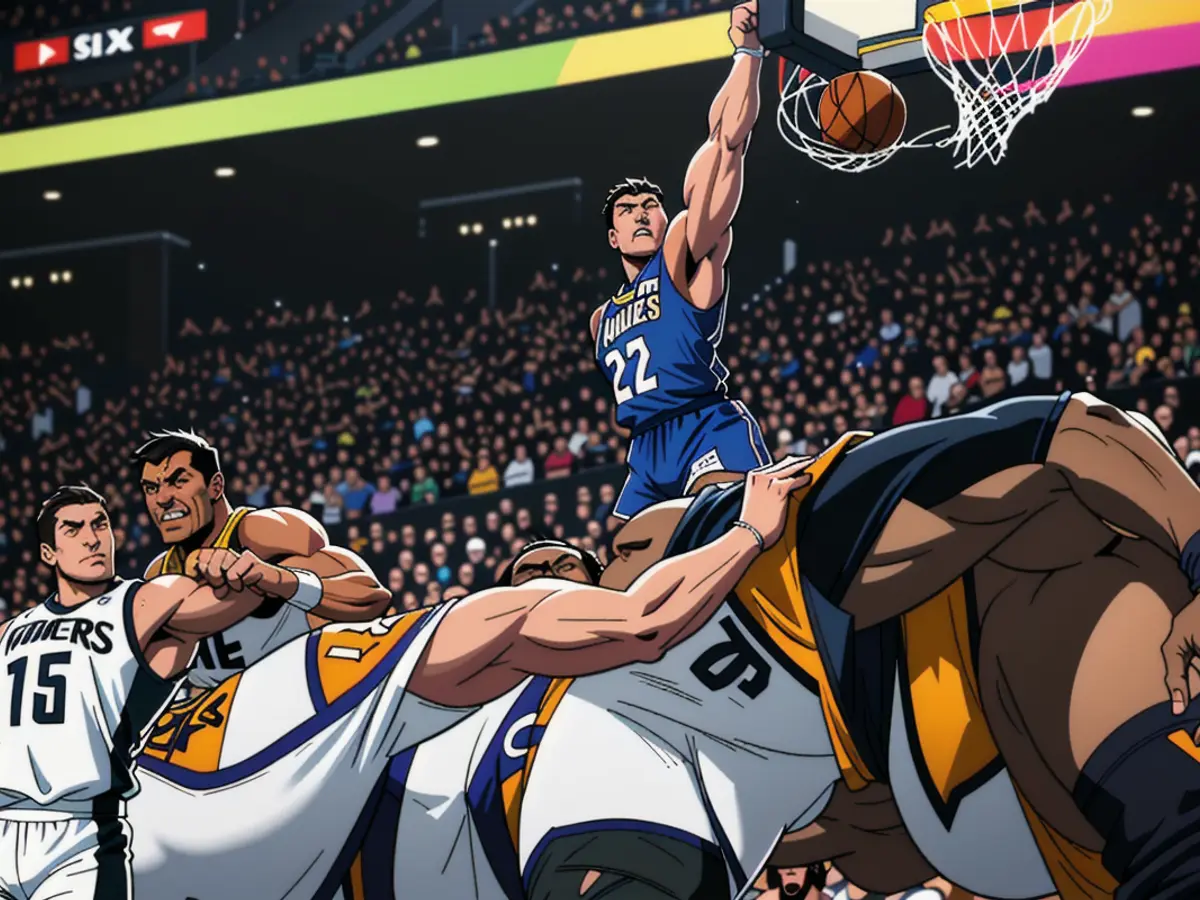Intel continues its rivalry with Nvidia and AMD by introducing new graphics card offerings.
For decades, the graphics card market has been dominated by two major players, with Nvidia standing tall as the uncontested leader and Advanced Micro Devices trailing closely behind. Things seemed to stay the same until late 2022, when Intel (INTC 1.68%) decided to throw its hat into the ring with its Arc Alchemist graphics cards, offering consumers much-needed alternatives.
However, Intel's entry into the market wasn't as smooth as they had hoped. While their A750 and A770 graphics cards boasted impressive hardware capabilities, the software drivers were a disaster. Older games didn't function properly or performed inconsistently, and a slew of bugs made the product undesirable for many PC gamers searching for a new graphics card. As a result, Intel failed to make any significant market gains or shake up the industry in any way.
Trying Again with Battlemage
Fortunately for Intel, they've made significant strides in software development over the years with consistent updates. This has positioned their graphics card business more securely, despite the challenging year that ended with the departure of their CEO. With renewed determination, Intel is returning to the ring with Battlemage, the codename for their B-series Arc graphics cards.
Intel recently announced two new graphics cards, both aimed at the high-volume midrange segment of the market. The B570 will be available in January for just $219, while the more powerful B580 is already on sale for $249. Intel has made significant architectural changes that promise improved performance and efficiency.
Initial reviews of the B580 have been positive, with Tom's Hardware calling it "the new $249 GPU champion" in their review of the higher-end card. The B580 outperforms both Nvidia's RTX 4060 and AMD's 7600 XT in both rasterization and ray tracing, and it does so at a lower price point.
There were some software hiccups during Tom's Hardware's testing, but the reviewers did note that the software situation had improved and that there were no game-crashing bugs this time around. "Battlemage looks more promising than its predecessor," concludes the largely favorable review.
Emerging as a significant player in the gaming GPU market could provide Intel with a new revenue stream and help them sell more CPUs as they compete with AMD. With Intel facing various challenges, a victory in this market could be just what they need.
Arriving a Bit Late
Despite the promising nature of Intel's new graphics cards, the timing is less than ideal. It took Intel over two years to release a follow-up, and while the B580 is impressive compared to current Nvidia and AMD graphics cards, those cards have been around for quite some time. Both Nvidia and AMD are expected to unveil next-generation products soon that could potentially erode Intel's value proposition.
Rumors suggest that Nvidia will announce its RTX 5000 series graphics cards soon, while AMD is expected to reveal its RX 8000 series early next year. If both companies focus on high-end graphics cards first and postpone midrange updates, or if they don't price their latest offerings aggressively, Intel could benefit. However, it's likely that the B570 and B580 will face new competition next year.
Intel's second attempt to break into the graphics card market looks promising, but they'll need to convince consumers that they won't abandon the market and that software issues won't be a recurring problem in order to succeed. Only time will tell if they can pull off this win.
Despite Intel's success with the B580 graphics card, securing a significant market share remains challenging due to the impending release of Nvidia's RTX 5000 series and AMD's RX 8000 series. Effective pricing and avoiding early abandonment of the market are crucial for Intel to maintain its momentum and stand out in a competitive landscape.
Investors might consider diversifying their finance portfolio by including Intel stocks, given the potential for growth in its graphics card segment and its position as a prominent technology company. With a stable software development track record, Intel's upcoming Battlemage graphics cards could provide a viable alternative to dominant players in the market.






